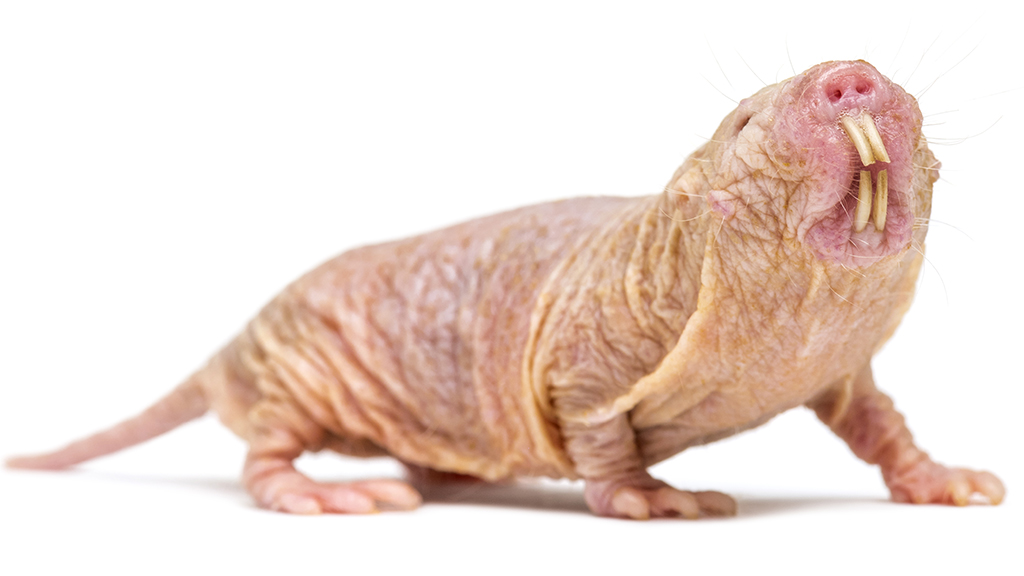Abstract
Students often find learning the biochemistry of metabolism to be dry and difficult, partly due to the content-heavy nature of the subject. For example, glycolysis, the most well-known biochemical pathway, consists of 10 enzymes and is further complicated by a variety of substrates, products, cofactors, and regulatory enzymes and molecules (inhibitors and activators). This case study is based on an original research paper published in Science (Park et al., 2017) that investigated why naked mole-rats placed in anoxic conditions survive whereas mice die in seconds. Students watch several short videos and answer a series of scaffolded questions that begin with the ecology of naked mole-rats and lead to the metabolomics of their response to anoxia. Students should have a basic knowledge of glycolysis and its regulation before beginning the case. In addition to introductory biochemistry and protein biochemistry, the case may be used in courses that have a significant emphasis on metabolism, such as nutrition, biology, and biochemistry of metabolism.



